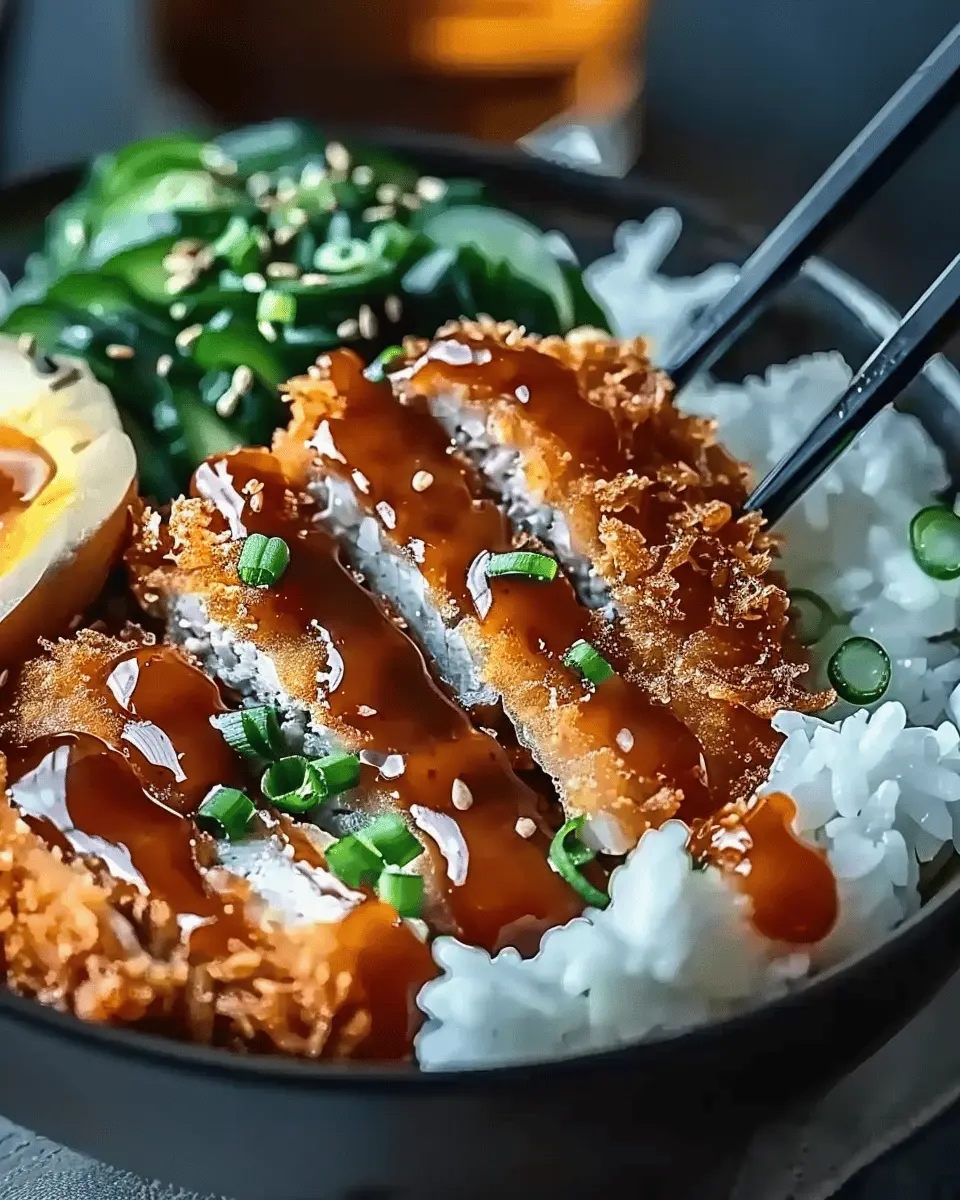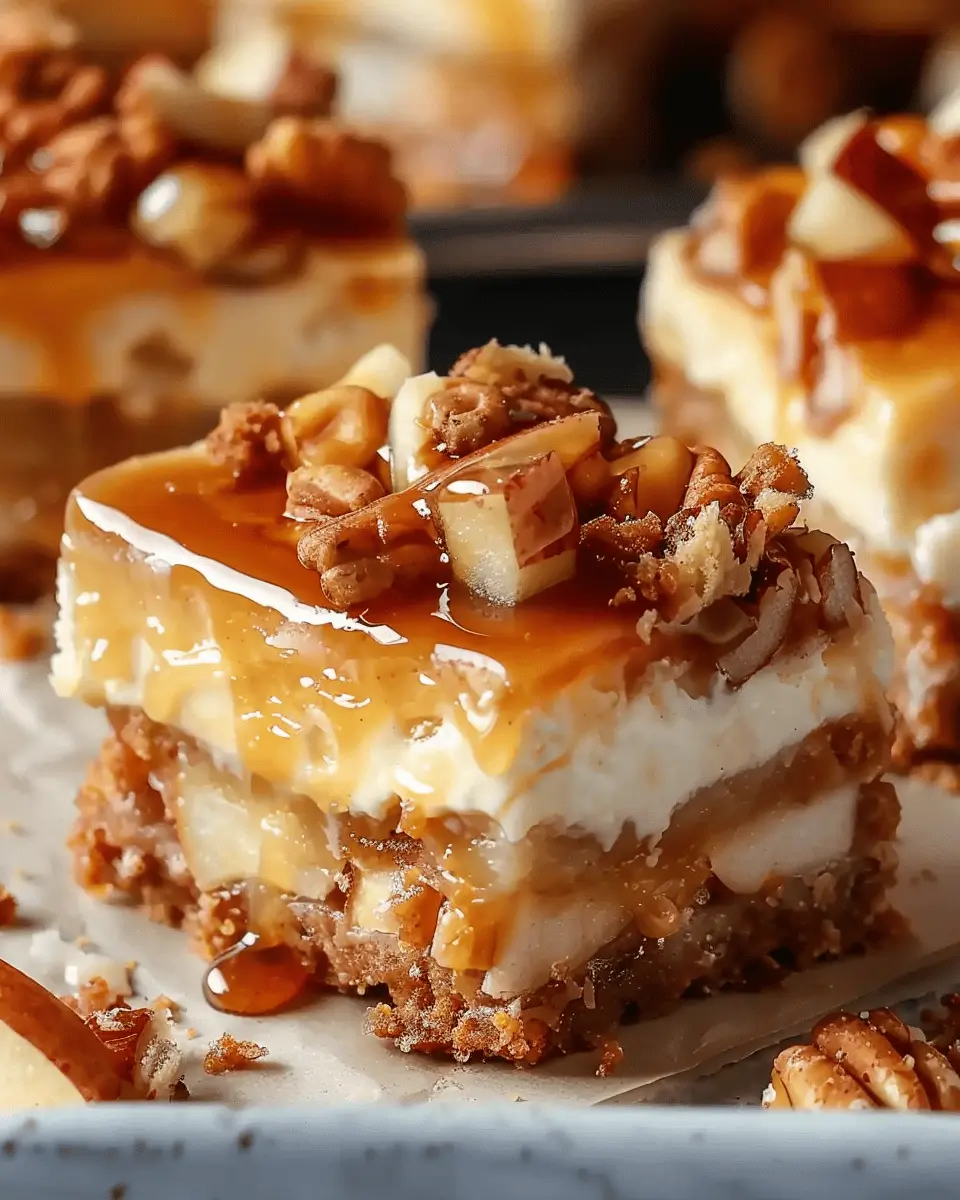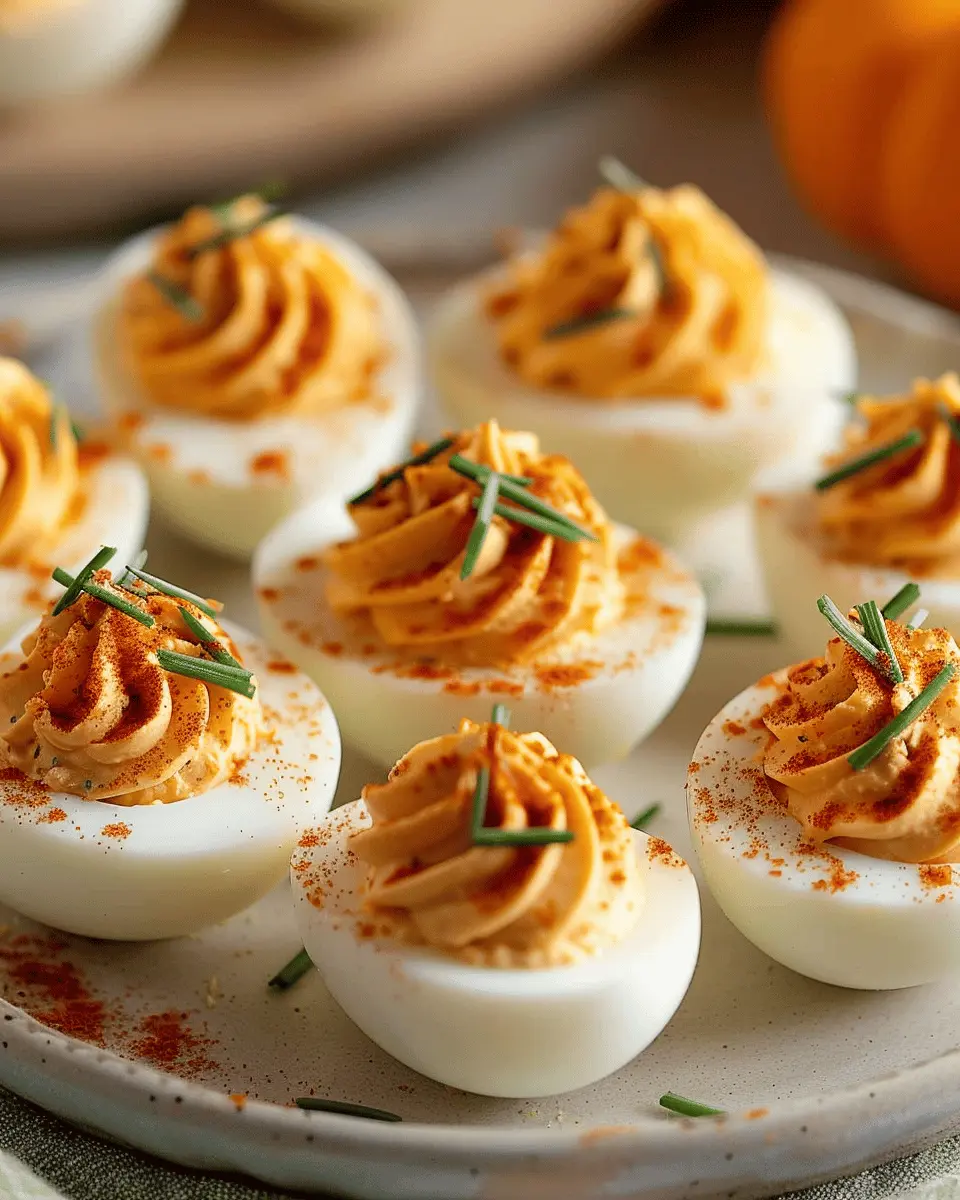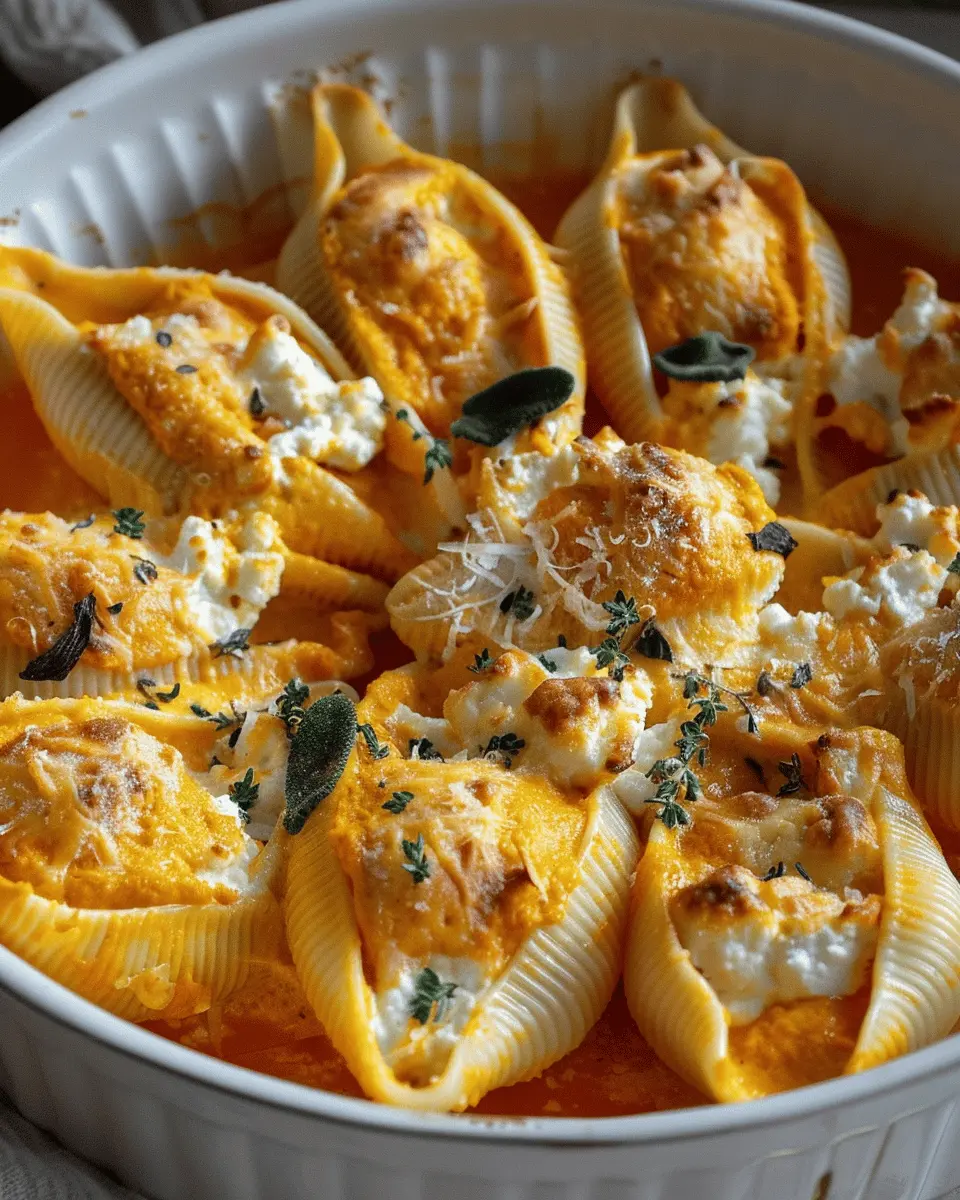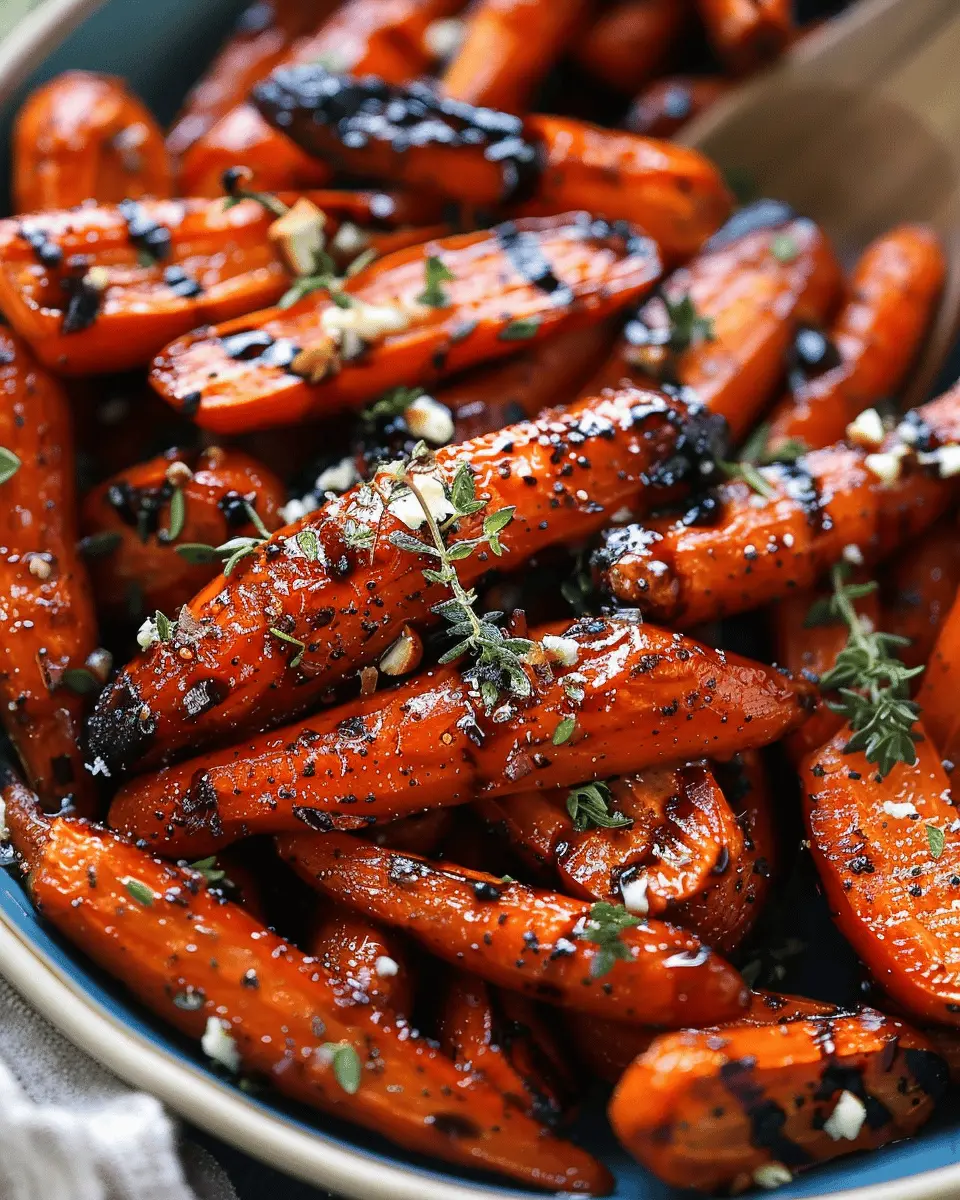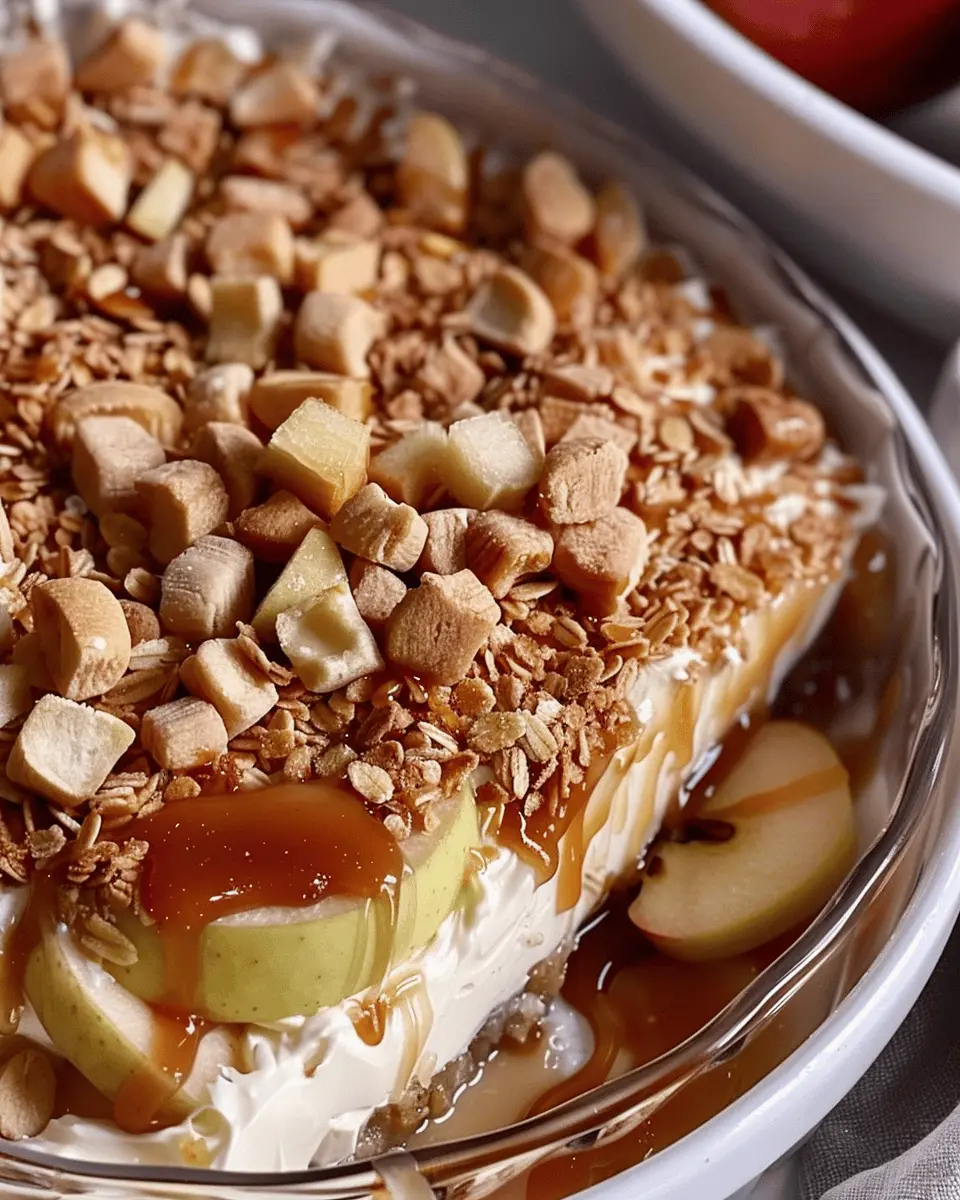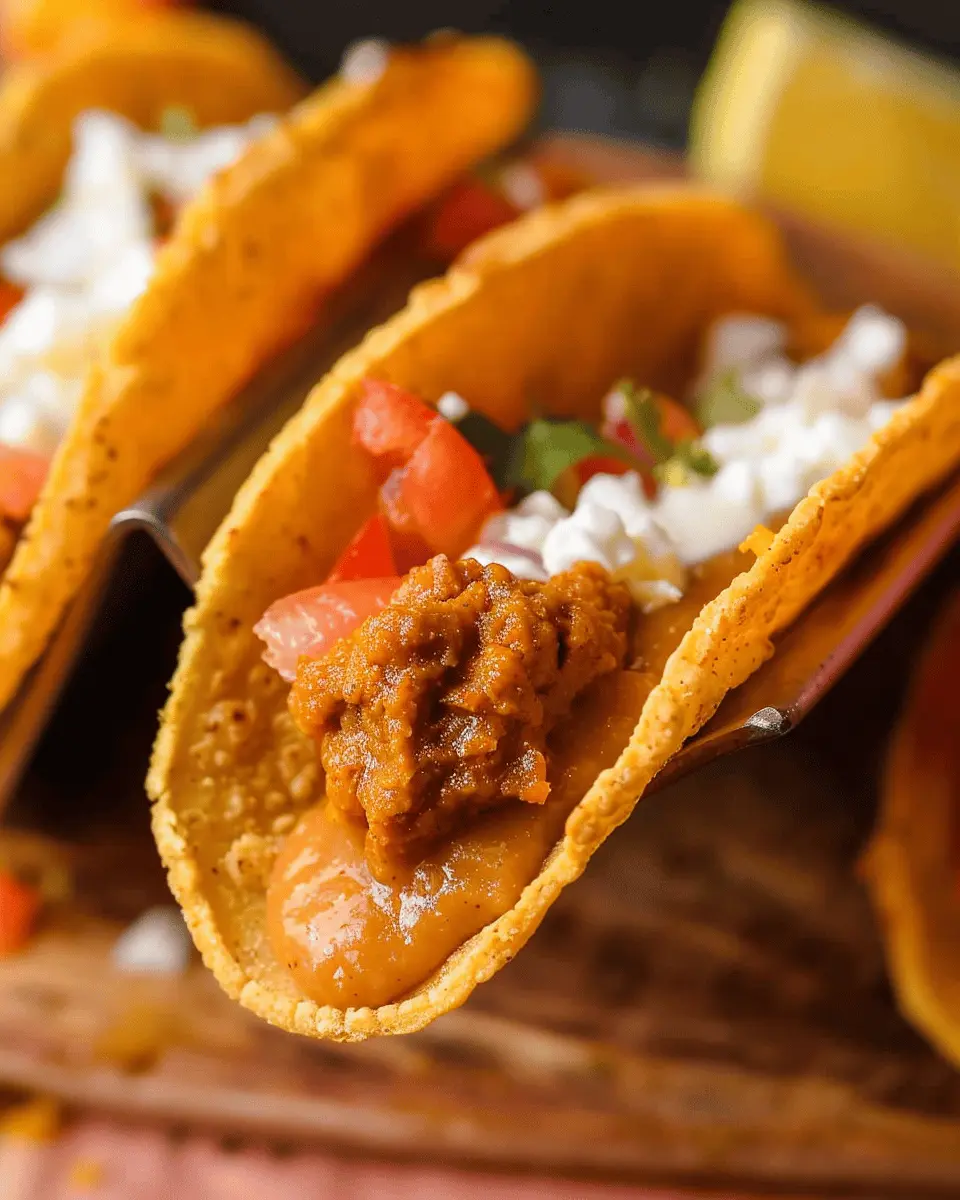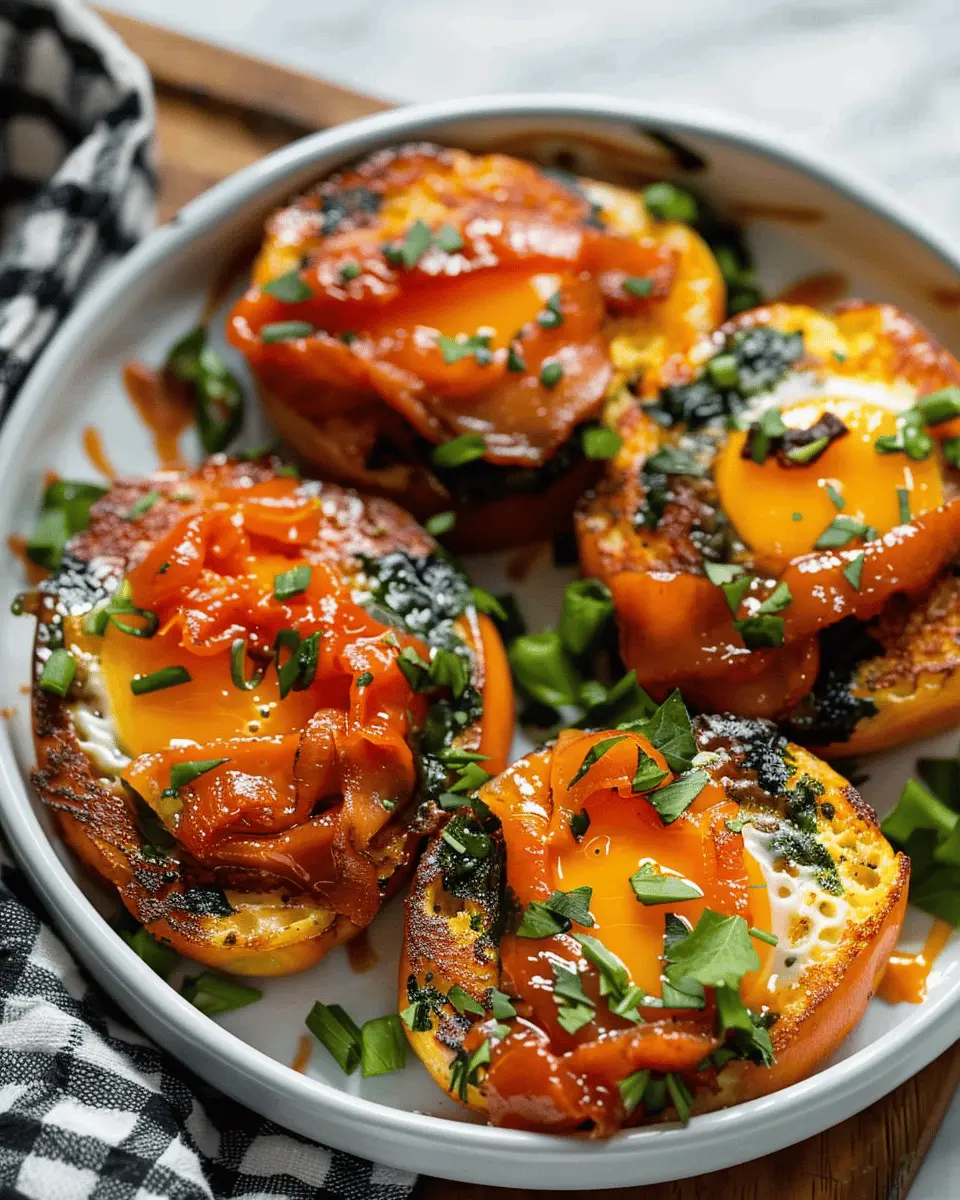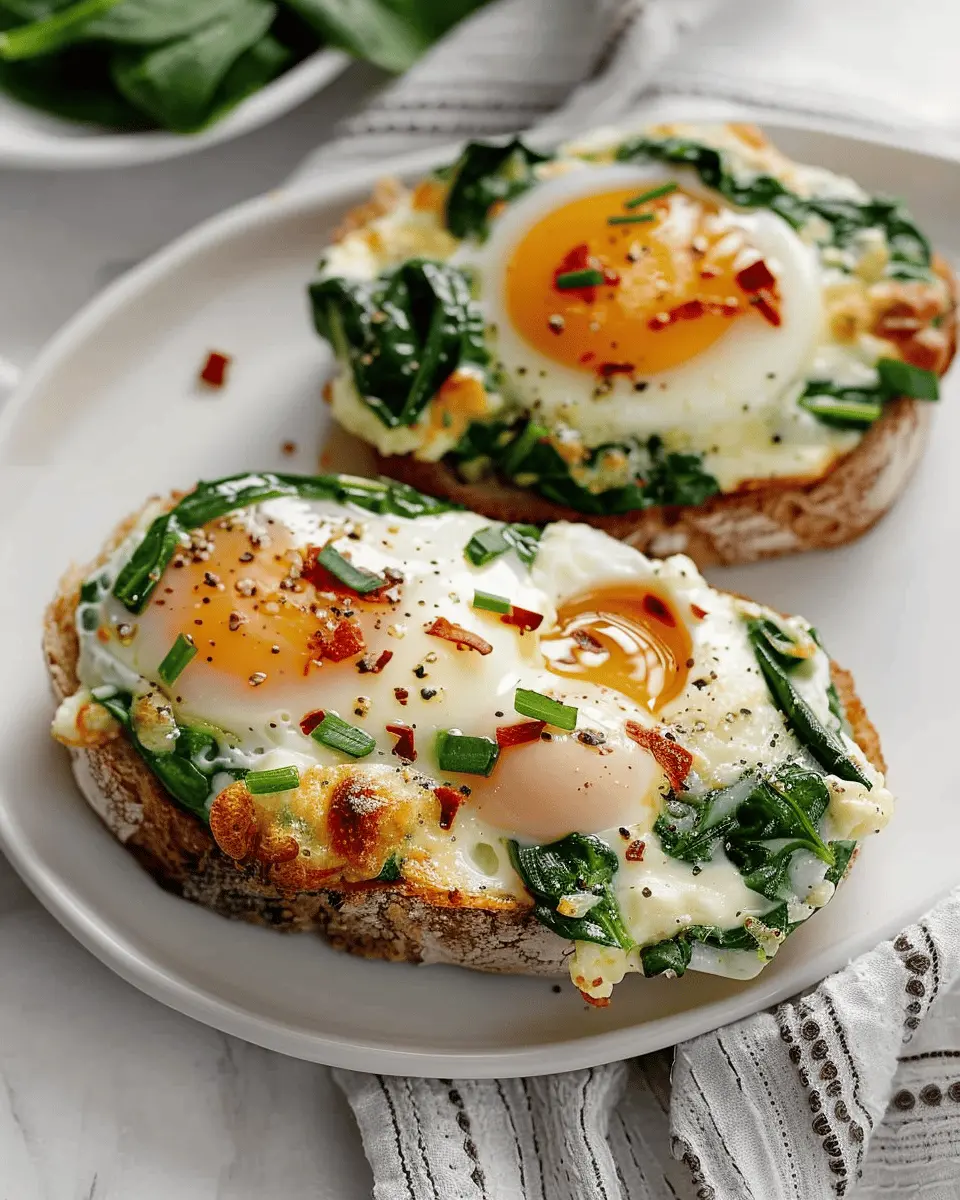Introduction to Japanese Katsu Bowls with Tonkatsu Sauce
If you’ve wandered through a Japanese restaurant or scroll through food-focused social media lately, you’ve likely encountered the deliciousness that is the Katsu Bowl. But what exactly is a Katsu Bowl, and why has it become a favorite meal among food lovers everywhere? Let’s dive into this delightful dish that has captured the hearts (and appetites!) of many.
What’s a Katsu Bowl and Why is it Trending?
At its core, a Katsu Bowl features crispy, golden-breaded protein—commonly beef—served over a steaming bed of rice, and topped off with a drizzle of rich, savory tonkatsu sauce. It’s the perfect harmony of textures and flavors: the crunch of the katsu, the fluffiness of the rice, and the zingy sweetness of the sauce all mingling beautifully.
So, why is this dish trending? For starters, the versatility of the Katsu Bowl makes it appealing to a variety of palates. You can customize it based on your preferences and dietary needs. Whether you’re a meat lover or a vegetarian, there are endless possibilities—swap out the beef for tofu or even Turkey Bacon for a smoky twist!
Not only is it customizable, but the Katsu Bowl also offers a sense of comfort. According to a study by the International Journal of Gastronomy, comforting foods like those found in Katsu Bowls can enhance mood and create a sense of well-being. It’s a bowl that evokes memories of home, whether it’s a cozy restaurant, a bustling food market, or your own kitchen.
As young professionals juggling busy schedules, it’s refreshing that you can whip up Japanese Katsu Bowls with Tonkatsu Sauce in under an hour for a satisfying weeknight dinner. Plus, the visually appealing presentation makes it great for impressing guests—or even sharing that perfect food pic on Instagram!
For those eager to embark on a culinary adventure, you can find authentic tonkatsu sauce recipes here and tips on getting that katsu crispy in this guide.
So, grab your apron, and let’s get cooking because this is a dish you won’t want to miss!
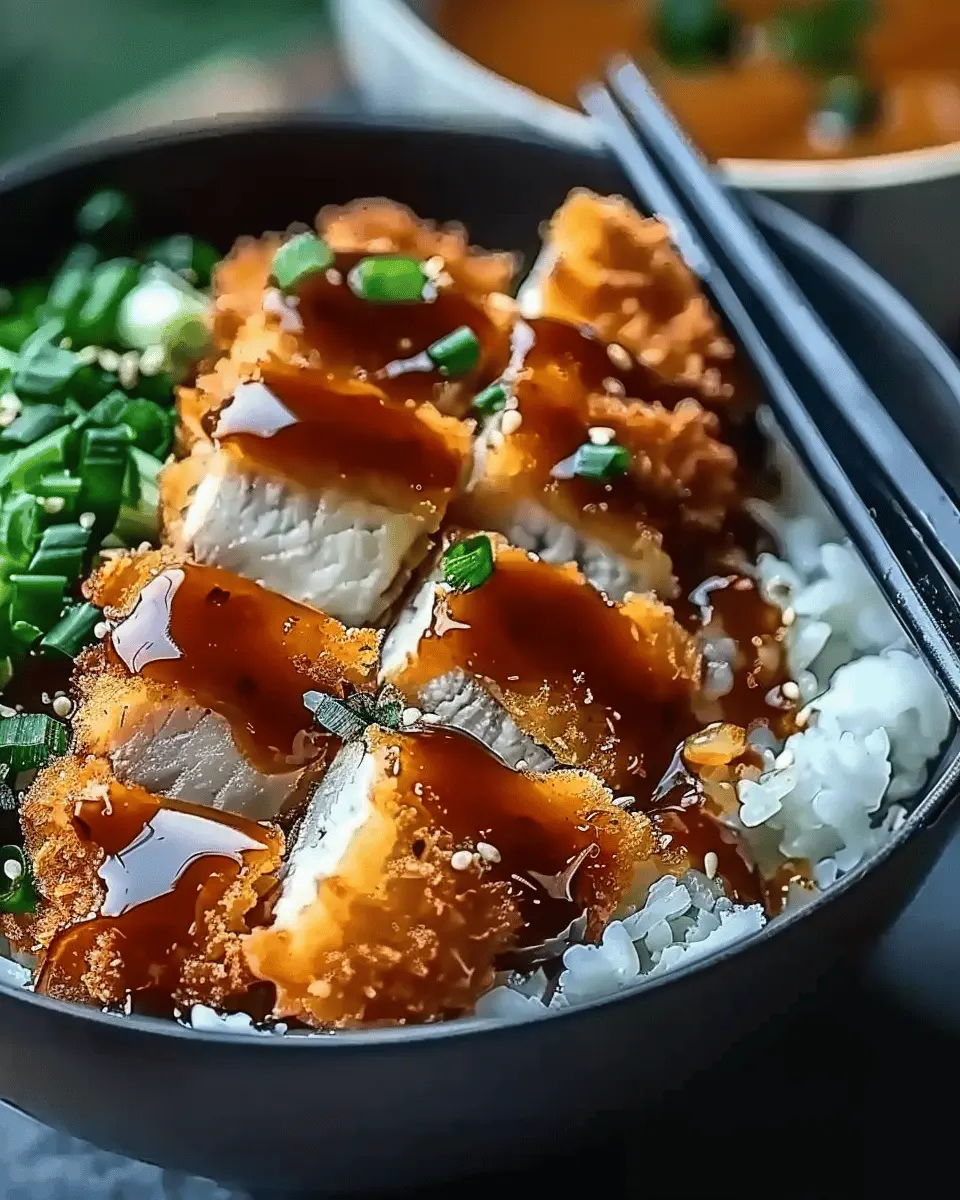
Ingredients for Japanese Katsu Bowls with Tonkatsu Sauce
Essential ingredients for the Katsu
Crafting delicious Japanese Katsu Bowls with Tonkatsu Sauce starts with the katsu itself. For that perfect crispy texture and rich flavor, you’ll need:
- Beef cutlets: These should be thinly sliced, tender pieces of beef for optimal frying.
- Panko breadcrumbs: These Japanese-style breadcrumbs create a delightful crunch that elevates your katsu experience.
- Eggs: Lightly beaten, these help the panko adhere to the beef.
- Flour: All-purpose flour acts as a base layer before the egg wash, contributing to the crispy coating.
Key components for the Tonkatsu sauce
The real magic of your Katsu Bowls with Tonkatsu Sauce comes from the sauce itself! Here’s what you’ll need for that signature tangy and sweet flavor:
- Ketchup: Adds sweetness and tang—don’t skimp on this!
- Worcestershire sauce: This gives depth and complexity.
- Soy sauce: A touch of umami to balance the sweetness.
- Sugar: For a hint of sweetness that enhances the overall flavor.
- Mustard: A small amount can give your sauce an extra zing.
These ingredients are easy to source, and you can typically find them at your local grocery store or online from reputable retailers like Amazon or Walmart. Now, let’s get cooking!
Preparing Japanese Katsu Bowls with Tonkatsu Sauce
Crafting delightful Japanese Katsu Bowls with Tonkatsu Sauce at home can be a gratifying culinary experience. With a few simple steps, you’ll be able to savor crispy beef cutlets, vibrant vegetables, and that mouthwatering sauce that ties it all together. Ready to dive in? Let’s get started!
Gather and prep your ingredients
Before you fire up the stove, head to your kitchen and gather your ingredients. Having everything ready not only streamlines your cooking process but also ensures you don’t miss anything. Here’s what you’ll need:
- Beef cutlets (about 1 inch thick, tenderized)
- Panko breadcrumbs
- Flour (all-purpose works well)
- Eggs (2 large)
- Salt and pepper (to taste)
- Cooking oil (for frying)
- Cooked rice (white or brown)
- Fresh veggies (think shredded cabbage, carrots, and green onions for a crunch)
- Tonkatsu sauce (see below for a homemade version!)
It’s also a great idea to prep your veggies by washing, peeling, and slicing them in advance. This way, when you’re ready to assemble your bowl, everything is at your fingertips. If you’re feeling adventurous, some pickled ginger adds a tangy kick that complements the dish perfectly.
Create the flavorful Tonkatsu sauce
Nothing elevates your Japanese Katsu Bowls with Tonkatsu Sauce quite like a homemade version of this savory sauce. While you can buy it in the store, making your own is both easy and incredibly rewarding. Here’s how:
- Mix the ingredients: In a small bowl, combine the following:
- ¼ cup ketchup
- 2 tablespoons Worcestershire sauce
- 2 teaspoons soy sauce
- 1 tablespoon sugar
- 1 teaspoon Dijon mustard
- A dash of garlic powder
- A dash of ground ginger
- Adjust to taste: Feel free to tweak the ingredients to suit your palate. Some people prefer a bit more sweetness or tang—don’t be shy about experimenting!
This homemade sauce not only enhances the flavors in your bowl but can also be used as a dipping sauce for other dishes.
Prepare the Beef for frying
When it comes to Japanese Katsu Bowls, properly preparing your beef is key. Start by ensuring your beef cutlets are dry to promote that beautiful crispy exterior when frying. Pat them down with paper towels, then season both sides with salt and pepper. Seasoning early allows the flavor to penetrate the meat, making for a more delicious bite.
Bread your beef cutlets
Once your beef is seasoned, it’s time to bread it for that signature crunch. Create a breading station with three shallow dishes:
- Flour: For dredging
- Eggs: Beaten and seasoned with a pinch of salt
- Panko breadcrumbs: This is where the magic happens!
Coat each beef cutlet in flour first, shaking off any excess, then dip it in the egg mixture, and finally, press it into the panko breadcrumbs. Be generous with the breadcrumbs for a thicker, crunchier coating.
Fry the beef cutlets to perfection
Now, let’s get frying! Heat about ½ inch of cooking oil in a large skillet over medium-high heat—a deep-fry thermometer can help you hit the sweet spot (around 350°F). Once hot, carefully place your breaded cutlets in the oil. Fry each side for about 3-4 minutes until golden brown and crispy. Remove them onto a plate lined with paper towels to absorb excess oil.
Assemble your Katsu bowl
The final step in creating those delicious Japanese Katsu Bowls with Tonkatsu Sauce is the assembly. Start by placing a base of warm, fluffy rice at the bottom of each bowl. Top it with your perfectly fried beef cutlet, then add a generous handful of shredded veggies, a drizzle of your homemade Tonkatsu sauce, and voila! For an extra flair, sprinkle chopped green onions and sesame seeds on top.
Enjoy your homemade Japanese Katsu Bowls—it’s not just a meal; it’s a comforting experience that’s sure to satisfy your cravings!
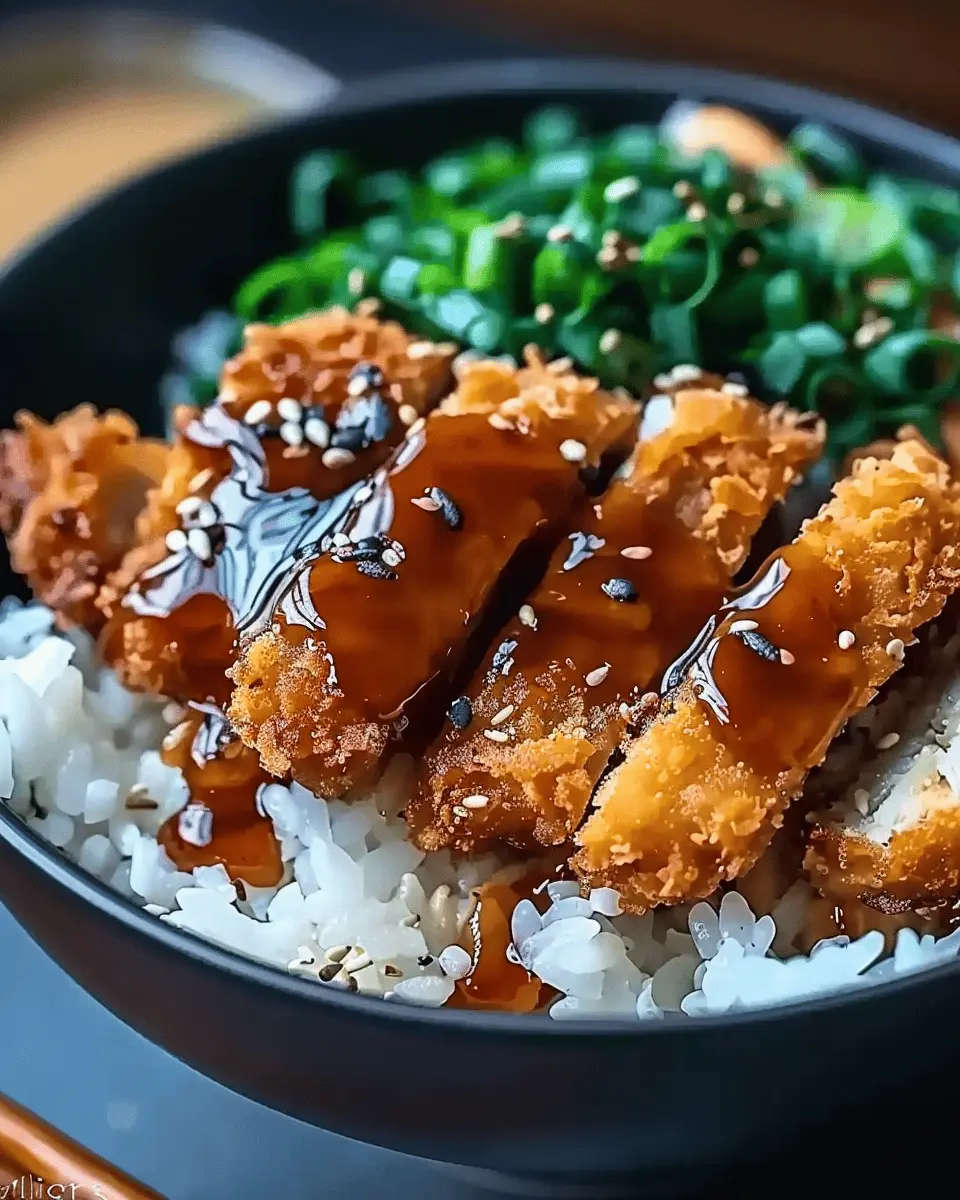
Variations on Japanese Katsu Bowls
Japanese Katsu Bowls with Tonkatsu Sauce are incredibly versatile, allowing you to experiment with different proteins and toppings to suit your taste. Here are a couple of delicious variations to consider:
Classic Chicken Katsu Bowl
For a simpler yet equally scrumptious option, the Classic Chicken Katsu Bowl is a fantastic choice. Just like its beef counterpart, the chicken breast gets pounded thin, breaded with panko for that delightful crunch, and then fried to golden perfection. Placed over a bed of fluffy rice and drizzled with the rich Tonkatsu sauce, it creates a wonderfully satisfying meal. Adding a soft-boiled egg or some sautéed greens can elevate the dish even further. If you want to up the flavor profile, sprinkle some sesame seeds or chopped green onions as a finishing touch. Have you ever tried pairing it with a refreshing cucumber salad? It adds a nice crunch that balances the dish beautifully.
Vegetarian Katsu Bowl using Eggplant
For those of you opting for a meatless dinner, the Vegetarian Katsu Bowl using eggplant stands out. Eggplant is perfect for this dish when sliced into rounds, breaded, and fried until crispy. The subtle sweetness of the eggplant complements the savory Tonkatsu sauce perfectly. Consider adding some roasted vegetables or avocado slices for an extra layer of flavor and texture. And don’t forget about a drizzle of tangy ponzu sauce to add a citrusy zing!
Trying different ingredients allows you to enjoy the essence of Japanese Katsu Bowls with Tonkatsu Sauce while mixing things up. It’s not just a meal; it’s a fun way to explore flavors and share great food experiences with friends and family.
For more culinary inspiration, check out resources like Serious Eats or Just One Cookbook.
Cooking tips and notes for Japanese Katsu Bowls
Tips for achieving the perfect crisp
To make your Japanese Katsu Bowls with Tonkatsu Sauce irresistibly crispy, consider these simple tips:
- Use Panko Breadcrumbs: These Japanese-style breadcrumbs create a distinctive crunch. For added texture, try toasting your panko lightly before breading the meat.
- Proper Oil Temperature: Aim for 350°F (175°C) when frying. If your oil is too cool, your katsu will absorb oil and become soggy. You can test this by dropping a few panko crumbs in; they should sizzle immediately.
- Don’t Overcrowd the Pan: Fry in batches to maintain oil temperature and ensure even cooking.
Common mistakes to avoid
Here are a few common pitfalls to sidestep when preparing your katsu:
- Skipping the Brine: A simple brine prior to cooking can enhance the beef’s flavor and moisture.
- Using the Wrong Meat Cut: Choose tender cuts like loin or ribeye for the best results. They cook quickly and maintain tenderness.
- Neglecting to Drain on Paper Towels: After frying, let your katsu rest on paper towels to remove excess oil, ensuring that every bite is crispy, not greasy.
For more insights on perfect frying techniques, check out Savory Spice.
By keeping these pointers in mind, you’ll create deliciously satisfying Japanese Katsu Bowls with Tonkatsu Sauce that blow your guests away!
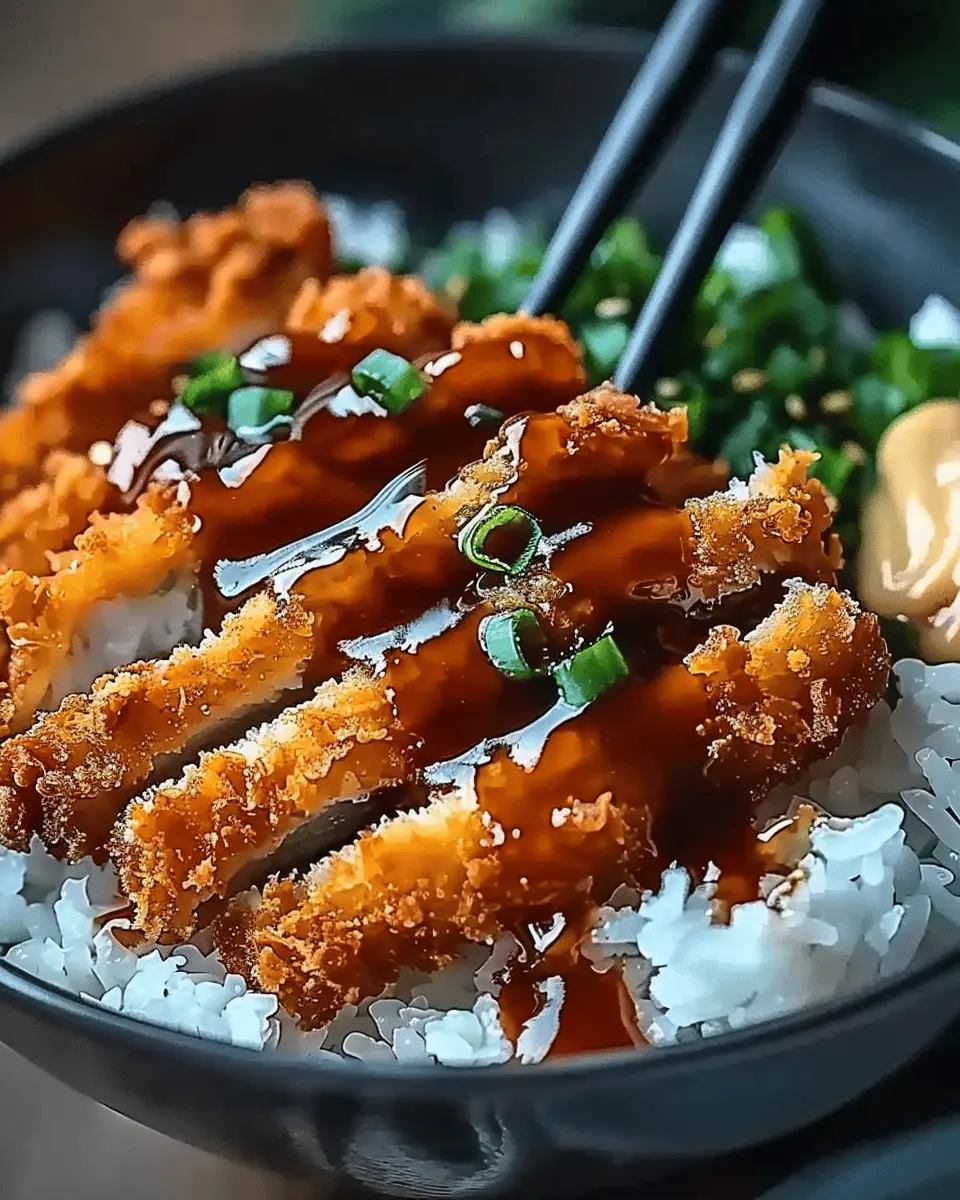
Japanese Katsu Bowls with Tonkatsu Sauce: Crispy and Indulgent Delight
Discover the savory delight of Japanese Katsu Bowls featuring crispy tonkatsu and a rich sauce that makes for a satisfying meal experience.
- Prep Time: 15 minutes
- Cook Time: 15 minutes
- Total Time: 30 minutes
- Yield: 4 servings 1x
- Category: Main Dish
- Method: Frying
- Cuisine: Japanese
- Diet: Non-Vegetarian
Ingredients
- 2 cups cooked rice
- 1 pound pork loin
- 1 cup panko bread crumbs
- 1 egg
- 1 cup all-purpose flour
- 1 teaspoon salt
- 1 teaspoon pepper
- 1/2 cup tonkatsu sauce
- 2 tablespoons vegetable oil
Instructions
- Prepare the pork loin by pounding it to an even thickness.
- Season with salt and pepper.
- Set up a breading station with flour, beaten egg, and panko.
- Dredge the pork in flour, dip in egg, and coat with panko.
- Heat oil in a skillet over medium heat.
- Fry the breaded pork until golden brown and cooked through, about 5-7 minutes per side.
- Drain on paper towels and slice.
- Serve the sliced tonkatsu over cooked rice and drizzle with tonkatsu sauce.
Notes
- For extra crunch, double bread the pork.
- Serve with shredded cabbage on the side for a refreshing contrast.
Nutrition
- Serving Size: 1 bowl
- Calories: 600
- Sugar: 5g
- Sodium: 800mg
- Fat: 30g
- Saturated Fat: 10g
- Unsaturated Fat: 15g
- Trans Fat: 0g
- Carbohydrates: 60g
- Fiber: 3g
- Protein: 25g
- Cholesterol: 100mg
Keywords: Japanese Katsu, Tonkatsu Sauce, Crispy Bowl, Japanese Cuisine
